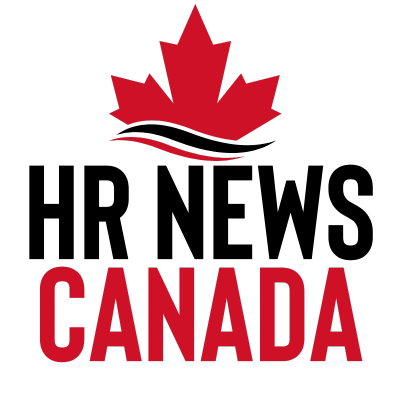Stability often reigns supreme as a cornerstone of success in business operations. Yet, disruptions can occur without warning, particularly when unexpected changes in senior leadership arise. Such transitions can challenge a company’s structure and critically affect its workforce.
Analyzing this phenomenon through a crisis management lens provides valuable insights into mitigating potential fallout and preventing long-term implications.
The Immediate Shock
When a senior leader departs suddenly—whether due to health issues, resignation, or being ousted—it can send shockwaves through an organization. Employees may experience a range of emotions, including confusion, anxiety, and concern for job security. Since the former leader often embodies the company’s vision and culture, their abrupt exit can leave a vacuum, creating uncertainty among staff members.
Workforce morale may plummet as doubts arise regarding the continuity of leadership, strategic direction, and company values. Employees may feel unsettled about their roles and responsibilities, leading to decreased productivity and engagement. In a crisis context, it’s crucial to acknowledge these emotional responses promptly, as neglecting them can exacerbate feelings of insecurity.
Communication is Key
Effective communication stands as a pillar of crisis management during senior leadership transitions. Organizations must develop a robust communication plan to address internal stakeholders and external partners. Transparency is vital—this means providing clear information about the reasons for the leadership change and the intended direction moving forward.
Regular updates can help mitigate rumors and maintain trust. Employees appreciate knowing that their concerns are acknowledged and addressed, which can ease the psychological burden stemming from uncertainty. Involving employees in discussions about potential future leaders can foster a sense of shared responsibility and a collaborative culture.
Assessing Organizational Culture
The departing leader’s leadership style and values can linger within the organizational culture. An abrupt change may create misalignment, particularly if the new leader has a markedly different approach than their predecessor. Such transitions can be challenging for organizations deeply rooted in a specific culture.
A sudden shift can lead to resistance or pushback from employees who may have been loyal to the previous leader’s vision. This resistance can manifest as decreased morale, lowered productivity, or increased turnover. Crisis managers must assess and understand the existing culture before introducing new leadership. Recognizing and respecting the legacies of former leaders while promoting new visions can create a smoother transition for the workforce.
Identifying Talent Gaps and the Leadership Pipeline
Assessing internal talent becomes a crucial focus after a leadership change. Organizations should evaluate their leadership pipeline and identify potential successors to fill interim or permanent roles. This is a critical moment for talent management. Failing to recognize high-potential leaders within the organization may lead to further disruption and instability.
A talent void can send a message that the organization lacks direction and foresight, impacting employee confidence. Conversely, promoting from within can reinforce a culture of growth and development, appealing to employees’ aspirations and retaining valuable human capital.
Reinforcing Team Cohesion
The importance of fostering teamwork cannot be understated during leadership transitions. Employees may feel isolated during periods of uncertainty. Therefore, team-building initiatives and collaborative projects should be emphasized. Cross-departmental collaboration can strengthen relationships and create a sense of stability amidst change.
Moreover, leadership should be accessible during this time, ensuring managers frequently check in with their teams to address concerns and reinforce a sense of unity. Participatory decision-making processes can also empower employees and instill trust in new leadership.
Managing Performance Expectations
A senior leadership change may prompt shifts in goals and performance expectations. As leadership adapts to new circumstances, they may need time to reevaluate strategic objectives. Accordingly, employees should be informed about modifications in performance metrics or project timelines.
Maintaining open discussions about goals allows employees to align their efforts with the organization’s evolving direction. Clarity can help alleviate anxiety and redirect focus, reinforcing a culture that values resilience and adaptability.
Long-Term Strategies
Organizations should consider long-term strategies beyond the immediate crisis to mitigate the effects of sudden leadership changes and sustain workforce stability. Developing succession plans is vital. Proactively identifying and preparing potential leaders ensures companies are better positioned to weather unexpected changes.
Training programs focused on emotional intelligence, change management, and adaptability can equip employees with the skills to navigate transitions. An ongoing commitment to employee engagement and feedback can cultivate a culture of resilience that ultimately benefits both leadership and the workforce.
Conclusion
A sudden change in senior leadership can serve as a catalyst for a crisis within an organization. However, companies can navigate these transitions successfully with effective communication, cultural awareness, talent management, team cohesion, performance management, and long-term planning. By adopting a crisis management perspective, organizations can mitigate immediate impacts and build a stronger, more resilient workforce prepared for future challenges.





